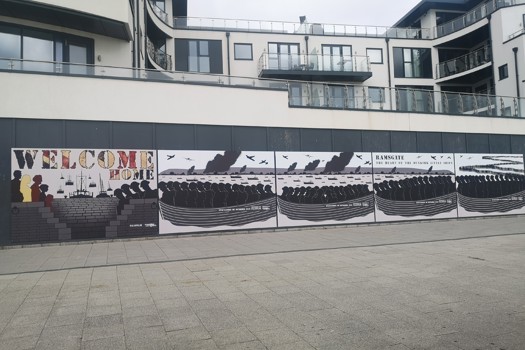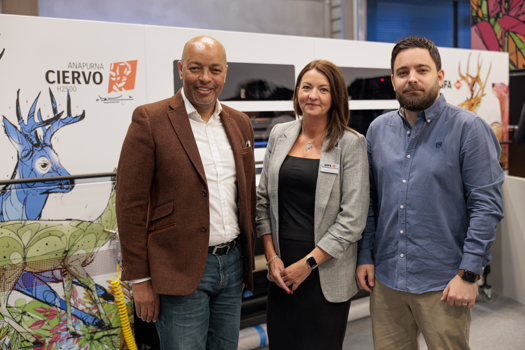The government’s Institute for Apprenticeships & Technical Education (IfATE) gave the go ahead after a considerable amount of industry lobbying and work by the BPIF, which was the main point of contact through programme director Ursula Daly.
“The application for the Level 2 was begun in 2016 and since then – through changing requirements – the consortium of employers, the industry, our training division, other training organisations and our relationship manager at IfATE have all worked together to gain approval of this submission,” the BPIF stated.
Trailblazer apprentices are employer-led, and the consortium is chaired by James Buffoni, managing director at Ryedale Group in North Yorkshire, and a longstanding champion of apprenticeships.
He said: “While this has been a long and challenging process, we never wavered because the need for this standard in print is clear: this Level 2 represents a large part of the workforce in print.
“As such a practical development framework and recognition of achievement will benefit a lot of people who could otherwise be overlooked. We therefore welcomed the positive feedback and acknowledgement from the review panel at IfATE.”
Printweek has written numerous articles to help highlight the changes and the need for industry input, and the BPIF said that feedback garnered through trade press coverage and multiple surveys had proved to be “consistently supportive and has continually underlined the need for this standard at every checkpoint”.
The Level 2 standard is viewed as vital for new joiners and for employees looking to gain accreditations.
Daly commented: “This is indeed a great outcome for our industry and while we have a lot of work to do to get the standard and the assessment plan defined we are delighted to have the opportunity to do so.”
She welcomed input from other industry bosses interested in becoming involved with the consortium, and the next steps in developing the standard and its related End Point Assessment Plan.










